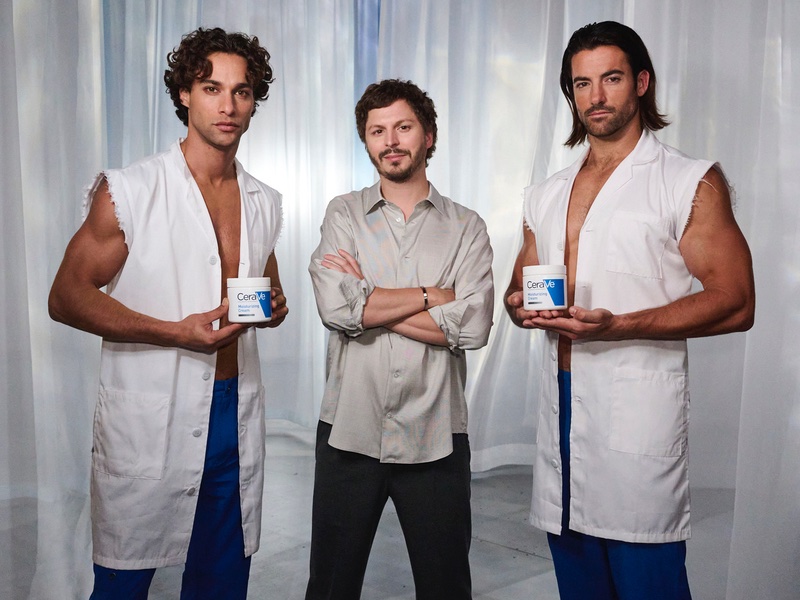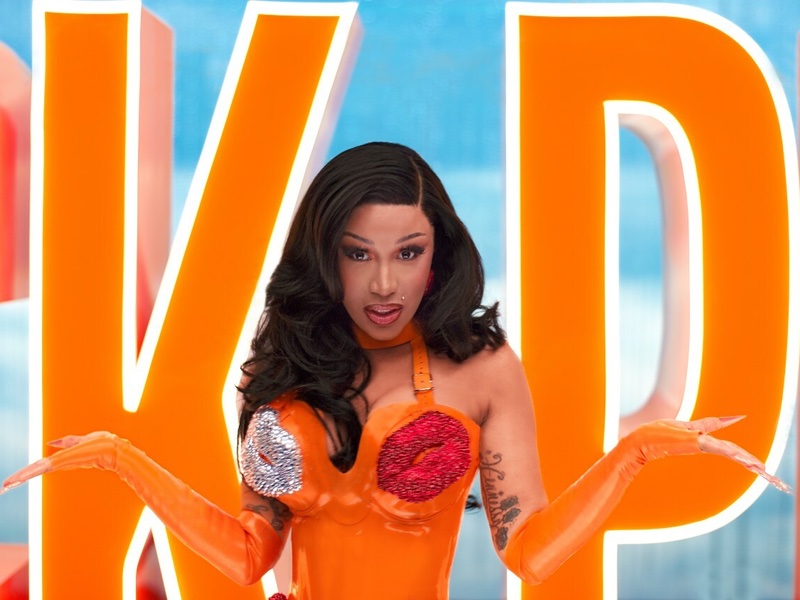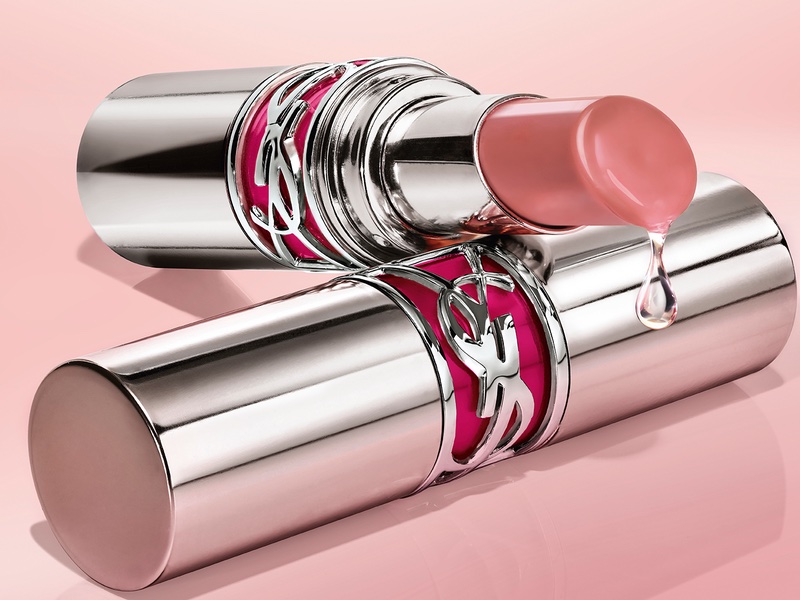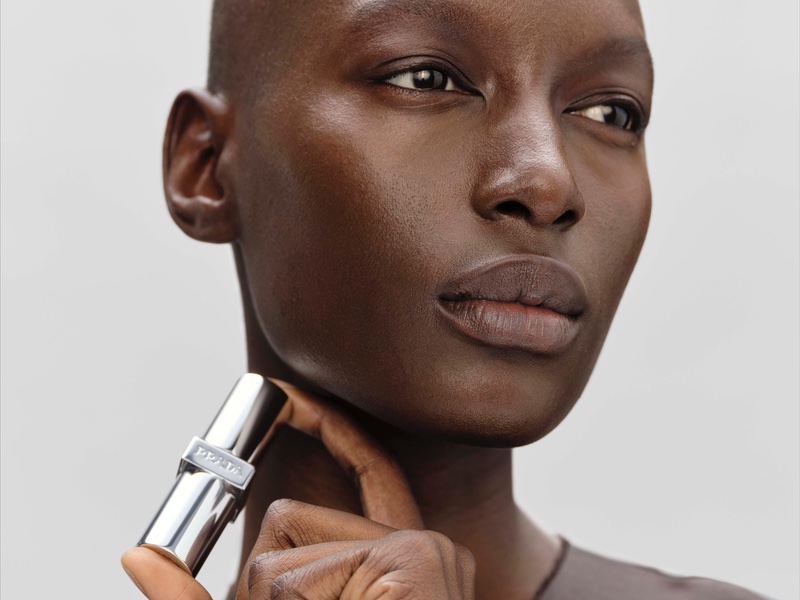L’Oréal’s first quarter 2024 sales have soared thanks to “stellar performances” in its Consumer Products and Dermatological Beauty divisions.
The French beauty conglomerate’s revenue grew 9.4% like-for-like – and 8.3% in reported terms – to €11.24bn for the three months ended 31 March.
Strength in Europe and North America – with sales growing 12.6% and 12.3% respectively – helped offset a slowdown in shopping by Chinese travellers.
Sales in north Asia contracted 1.1% like-for-like and 3.9% reported.
“Continued double-digit growth in Europe, coupled with ongoing strength in emerging markets more than offset the only gradual recovery in north Asia,” said Nicolas Hieronimus, CEO of L'Oréal.
“The outstanding performances of dermatology and mass compensated the short term challenges in luxury.”
Dermatological Beauty delivered its 15th consecutive quarter of double-digit growth, with organic sales up 21.9% to €2bn.
The division advanced 1.6 times faster than the dermatological beauty market, “a clear vindication of its successful growth strategy,” read a statement from L’Oréal.
La Roche-Posay was the biggest sales driver for the division thanks to the brand’s new molecule Mela B3 franchise for localised pigmentation issues (pictured above).
CeraVe also “advanced strongly” in the US and internationally, boosted by its viral Super Bowl campaign with actor Michael Cera.
The dermatological brand is now building on its Super Bowl advert success with a new fake rom-com trailer.
Sales momentum came from Vichy’s Dercos franchise and Skinbetter Science lines too, which performed well in both the US and Canada.
“The division’s key strengths are its ever-increasing medical leadership and unrivalled R&I backbone,” read a statement from L’Oréal.

Michael Cera was the star in CeraVe's Super Bowl advert
Where else did L’Oréal gain wins in the quarter?
L’Oréal’s Consumer Products Division was the other standout star for the quarter, delivering double-digit growth of 11.1% to €4.2bn.
Each of its core categories advanced double-digits and all regions contributed to growth.
This included a “strong” start in Europe, as well as in emerging markets Mexico, Brazil and Indonesia.
Make-up grew “significantly” thanks to launches like L’Oréal Paris’s Panorama mascara and Maybelline New York’s Superstay Lumi Matte foundation.
NYX Professional’s Makeup Duck Plump lip gloss also delivered strong revenue thanks to the brand’s first-ever Super Bowl advert with rapper Cardi B.

NYX Professional's Duck Plump lip gloss went viral after a collaboration with rapper Cardi B
Hair care was the fastest growing category in the division, with sales of L’Oréal Paris Elvive “soaring” thanks to the success of its shine-focused routine Glycolic Gloss.
Demand for L’Oréal Paris’s dark spot treatment Bright Reveal and Garnier’s Vitamin C Daily UV fluid serum also caused sales in skin care to accelerate.
Mass medical brand Mixa’s growth in Europe was also mentioned.
“Volume growth remained positive and value growth, combining price and mix, was robust,” read a statement from L’Oréal.
“Further advancing the division’s democratisation and premiumisation strategy.”
How did L’Oréal’s other divisions perform?

YSL Beauty's Loveshine lipstick collection is boosting sales in the Luxe Division
Sales in L’Oréal’s Luxe Division were slower, growing 1.8% like-for-like to €3.8bn.
Although the division experienced good growth in Europe and North America, this was partly offset by a “softness” in North Asia.
“In this region, the division was penalised by an unfavourable comparison base in travel retail and sluggish market growth in mainland China, where L’Oréal Luxe continued to grow ahead of the market,” read a statement from L’Oréal.
Fragrance was the division’s most “dynamic” category and outperformed the market thanks to strong performances by couture brands YSL Beauty, Valentino and Prada.
YSL’s new Loveshine lipstick collection, fronted by singer Dua Lipa, helped make-up in the division return to double-digit growth.
This launch was part of the brand’s wider play to dominate the luxury make-up sector.
Prada’s first-ever make-up offering, and Urban Decay's new Face Bond product, also strengthened the group’s positioning.
Takami, which is being gradually rolled out across North Asia, also helped drive skin care sales, as well as a “noteworthy” performance from YSL Beauty.

Prada's break into luxury make-up has made waves
L’Oréal’s Professional Products Division, meanwhile, achieved “robust” growth of 10.7% like-for-like to €1.2bn.
A focus on growing its omnichannel strategy – accelerating its in-salon brand presence and bolstering e-commerce – have been cited as key reasons for the growth.
As well as “outstanding performances” in regions like North America, the UK, mainland China and Brazil.
“This included a positive phasing impact ahead of the implementation of new IT systems in North America, which accounted for slightly less than half of total growth of the division,” read a statement from L’Oréal.
Hair care was the star thanks to the ongoing consumer appetite for premium products.
Bestsellers included Première by Kérastase, Acidic Colour Gloss by Redken, and Absolute Repair Molecular and Metal Detox by L’Oréal Professionnel.
Kérastase also appointed Euphoria star Sydney Sweeney as its global ambassador to help further expand its reach.
In the hair colour category, Shades EQ by Redken and the relaunch of Diacolor by L’Oréal Professionnel also drove sales.
“The division is pushing boundaries,” said a statement from L’Oreal.
“Offering new services to hairstylists with K-Scan – the latest beauty tech device by Kérastase, powered by AI to scan and diagnose hair and scalp condition.”
Read more:
- L’Oréal’s plans to deliver a ‘new era’ in luxury fragrance
- LVMH’s revenue dips despite ‘remarkable growth’ from Sephora
- L’Oréal’s strategy to welcome Aēsop to the 'billionaire brand club
- Coty fragrance sales drive double-digit sales boom in Q1 2024
- THG losses narrow in 2023 despite sales dip
